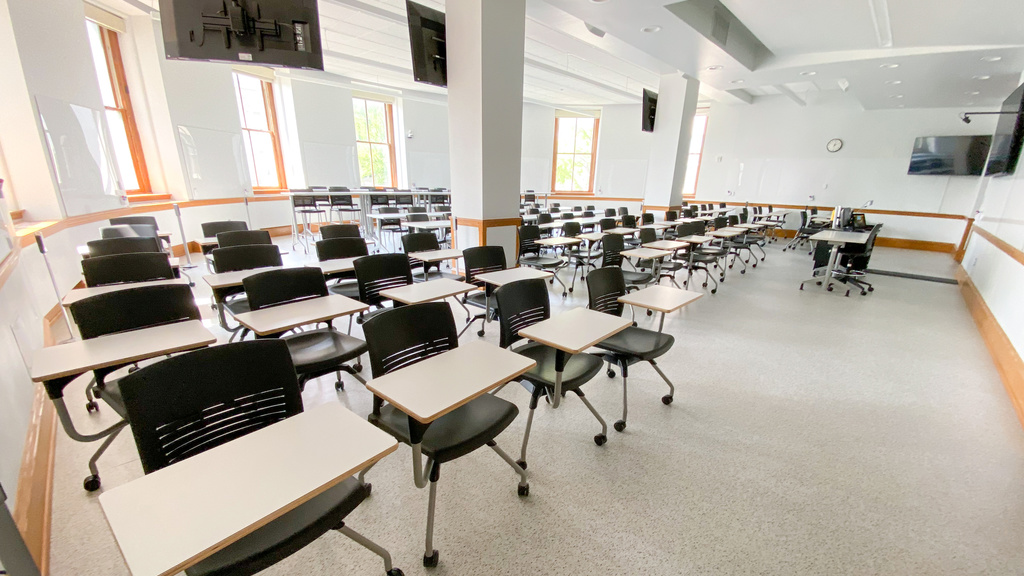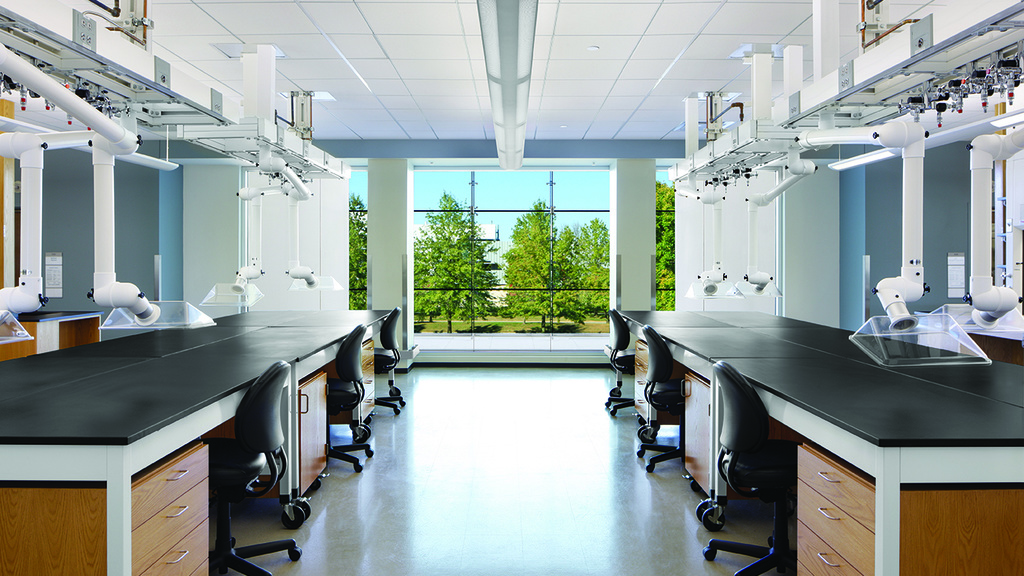The Instructional Space Analysis Project is designed to address instructional needs, identifying areas where specific room designs can be applied to new construction or major renovations to meet unmet needs. The information we collect through this project will allow us to strategize how to meet campus needs and provide a glimpse into the future of classroom types.
The review, analysis, assignment, and management of instructional space are critical to the success of university programs. The data set of approved course offerings for fall 2023 will help us compile an “ideal room type” for each department, and by extension, college.
This information can then be analyzed in the context of broader collegiate instructional planning and master campus planning. This alignment of programming needs with institutional objectives will ensure that we are effectively supporting our educational mission.
Timeline
Please note that adhering to this timeline is crucial for the successful completion of the project.
- April 23: Kickoff meeting with the Collegiate Facilities Team.
- May 3: Dispatch of the master spreadsheet and initial email.
- May 3 - July 31: Period for departmental review and input.
- May 20: Dispatch a reminder email regarding the submission deadline (July 31) to the collegiate representative.
- July 31: Submission deadline of the consolidated spreadsheet to Joseph Bilotta.
Instructions
A discussion with each Associate Dean responsible for curriculum oversight is strongly recommended before making the final submission. We encourage you to set an internal deadline so you can compile the necessary information before the overall July 31 deadline.
Review the attached Master Fall 2023 Section List by College spreadsheet located in Teams that was compiled using fall 2023 course offerings data for each academic unit. The spreadsheet is organized by college for your convenience.
If you notice any missing data, please do not proceed further. Contact Renee Houser at renee-houser@uiowa.edu and Charlene Maher at charlene-maher@uiowa.edu for clarification.
Please wait until missing information has been verified or confirmed before proceeding, especially if another user will be responsible for the data.
If all data is present, please complete column R titled “Ideal Room Type” for your respective offerings. Your selection in this column should be representative of the best pedagogy fit for that course offering. Column R comes with a preloaded list of options for your convenience and descriptions for each are available on the classroom types webpage and the laboratory types webpage. Please leave the room type field blank if no instructional space is required.
Please refrain from making any additional alterations to the spreadsheet, as its current configuration is crucial for the subsequent steps of the analysis.
Additionally, columns V, W, and X, which are shaded in blue, should be ignored. These columns contain critical data for the migration of information back to MAUI.


Instructional room types are divided into two categories: 110 General Instruction (classrooms) and 210 Specialized Instruction (laboratories). Examples and definitions of Ideal Room Type Classrooms and Ideal Room Type Laboratories are provided. There is also a special grouping for unique supplemental instruction spaces.
The difference lies in their usage and management:
110 General Instruction (Classroom Type): These spaces are used for general instruction across all academic disciplines. They are commonly scheduled by the Office of the Registrar and are designed to be shared among different departments.
210 Specialized Instruction (Laboratory Type): These spaces are used for formal, scheduled instruction typically specific to a discipline. They often feature specialized equipment or materials for instruction. Class laboratories are usually managed and scheduled by individual departments.
Essentially, while 110 spaces are versatile and shared, 210 spaces are specialized and discipline-specific.
Return your completed sections of the spreadsheet to your Collegiate Facilities Team contact by the internal deadline set by your unit.
Questions regarding completing the spreadsheet should be directed to your Collegiate Facilities Team contact. Questions regarding ideal room types should be directed to Renee Houser or Charlene Maher.
Space Types and Definitions

Classrooms
Learning spaces that are not tied to a specific subject or discipline by equipment in the room or the configuration of the space.

Laboratories
Learning spaces used primarily for instruction that requires special purpose equipment or a specific space configuration for student participation, experimentation, observation, or practice in an academic discipline.